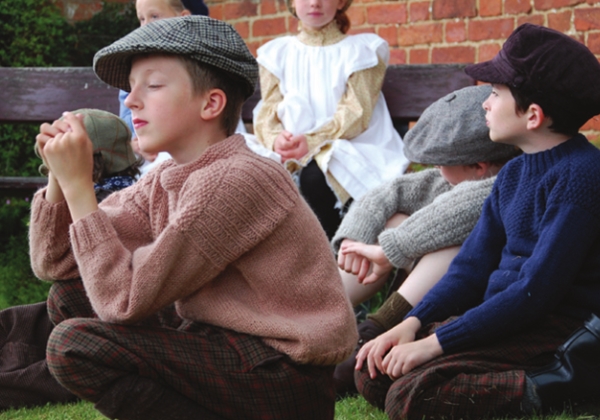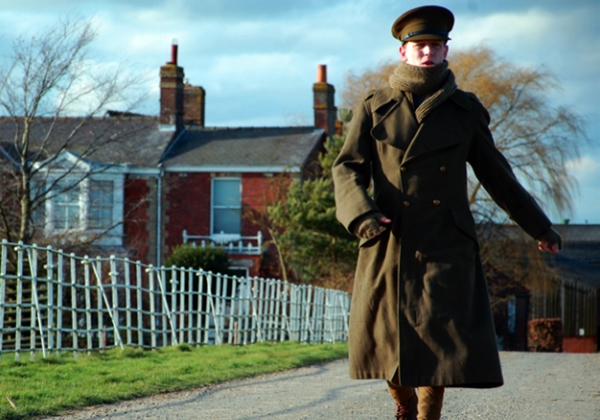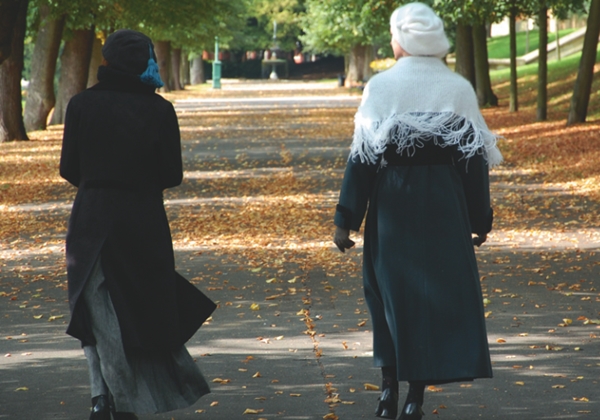Tomorrow I am at Glasgow's The Lighthouse design centre for a study day on Knitting in Wartime. No better time to take a look at Liz Lovick's excellent Centenary Stitches. Centenary Stitches is the result of Lovick's work on providing historically accurate costuming for a film set during World War One, and the book is as comprehensive and authoritative as you'd expect from Liz Lovick.

Leading a team of more than one hundred volunteers from the UK and the US, Lovick has pulled together a book that features more than 70 patterns - most of which are lovingly updated vintage patterns from the 1910s. Together with over one hundred volunteer knitters and a strong technical team, Lovick undertook the mammoth task of not just updating the knitting terminology, but also offering a larger selection of sizes. I really enjoyed reading the little notes to each pattern - for instance, Liz Lovick says this about the cream shawl pictured above:
Although most of the shawls at the time were square, there were some triangular ones. I found this one in Columbia Yarn books. Like many patterns of the time, this one had several mistakes in the lace section. These have been corrected!
Maybe it's just my sense of humour, but I found these glimpses of 'behind the scenes' very entertaining. A lot of work clearly went into transcribing and 'translating' the patterns with some amount of good-willed frustration thrown in for good measure.

The patterns themselves are interesting. Some are clearly period pieces, but other patterns seem ageless. As you'd expect, I really found the array of shawls fascinating. The children's patterns are good, basic garments - I chose to highlight this gansey which is a Liz Lovick original design. I like its simplicity and versatility. It really feels timeless - even with the flat cap and the plaid trousers. Other patterns are really interesting because of their specific context: riflemen's gloves, helmet/balaclava patterns and simple cushions for the soldiers to bring into the trenches.

And war does cast its shadow all over this book. Lovick provides plenty of context for the patterns. The photography is handled with much sensitivity and includes screen captures from the film, Tell Them of Us. The book benefits from several long essays that lends context to some of the editorial choices - from where the film was shot to which patterns were selected. The film tells the story of one Lincolnshire family and how World War One affected them. If you are someone who usually skips straight to the patterns, I recommend taking your time. The essays are very good and meaty.
I rarely come across knitting books like Centenary Stitches but I think we need to celebrate efforts like this book. I am always very, very pleased to see ambitious knitting books that seek to treat knitting as both craft and social history - and Lovick's book certainly delivers that. The book was clearly a labour of love for the people involved with it and I applaud the tenacity behind its existence.
It is not your standard knitting book and it is all the better for it.

(Thank you to Liz Lovick and Elly Doyle who both suggested I would enjoy the book. You were so very right. All photos by Pauline Loven and published with permission)
